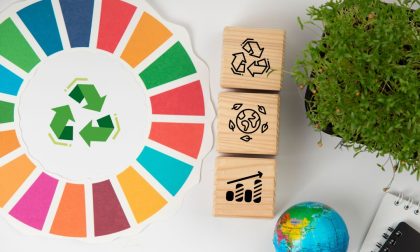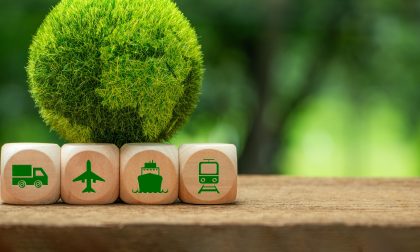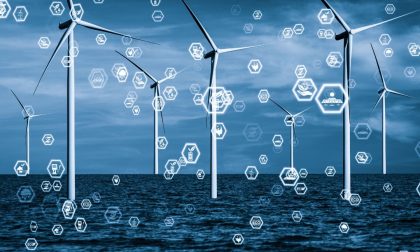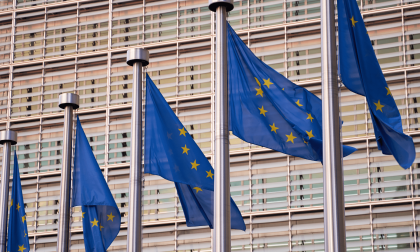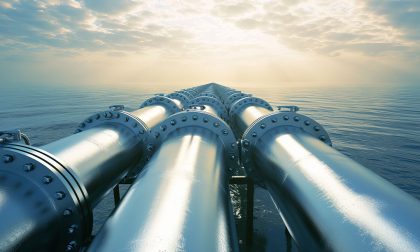Women’s Entrepreneurship Day: women leading the transformation of the energy sector
On the occasion of Women’s Entrepreneurship Day, we talk to Carmen Peña, CSIC researcher and winner of this year’s Ingenia Energy Challenge ‘External Proposal’ award, and Mayte Bolumar, Maintenance Manager at Saggas and winner of the ‘Enterprising Woman’ award.

